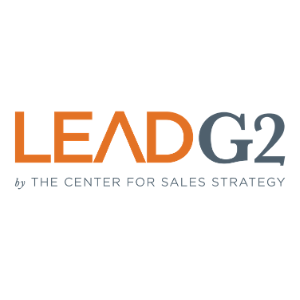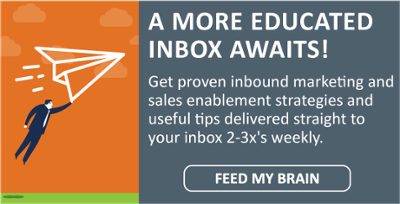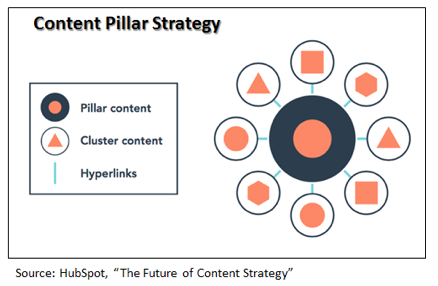Leverage your content and send leads through the sales funnel hands (almost) hands free.
 One of the closest things a marketer can get to hands free marketing is setting up and automating workflows. Basically, a workflow is a series of automated actions that you can trigger to occur based on a prospect’s behaviors or contact information.
One of the closest things a marketer can get to hands free marketing is setting up and automating workflows. Basically, a workflow is a series of automated actions that you can trigger to occur based on a prospect’s behaviors or contact information.
It’s almost hands free because once a workflow is set up and delivered through marketing automation technology, it’s on the job 7/24/365 starting with the first contact made with a prospect and ending once they convert to a client. Even though you have a workflow process, each workflow is unique to an individual prospect because of when they start their journey through your sales funnel, and because of the personalization that you’ll employ in your communications.
Setting an automated workflow can be challenging because of the number of moving parts that will be necessary. Content you’ll use for gated and ungated offers, email drips, call to action buttons, landing pages, social media promotions and more can be part of aworkflow process. Each of these parts must be loaded and ready to go when you launch.
10 Marketing Workflow Steps
Here’s a typical 10 step workflow process that we’ll use to get an integrated marketing campaign in place and running:
- Select a target and a starting condition (i.e. “CEO who downloaded eBook”)
- Identify a key pain point or issue of that target and focus your campaign and flow around that issue
- Develop a profile of the target market persona using a profiling tool and use those insights when crafting content and promotional activities for offers
- Identify your target market’s buyers journey and the timing of the sales cycle in order to schedule the automated communications during the lifetime of that cycle
 Design the workflow and identify the content that you’ll use in the awareness, consideration and decision stages of the cycle. If you don’t have content for each of these stages, get it written and produced before launching
Design the workflow and identify the content that you’ll use in the awareness, consideration and decision stages of the cycle. If you don’t have content for each of these stages, get it written and produced before launching- Use marketing automation software to help design the workflow process and for identifying conditions that trigger automated responses.
- Get your sales team on board and identify the conditions for when they will get involved with the prospect. Lead scoring is a great tool to use to this end
- Write, produce, publish and post all other content to support the offers and steps in the workflow. These will be things like call to action buttons, landing pages, email blasts, social media promotions, and supporting blog posts.
- Launch the workflow when all of the moving parts are in place and the process is tested and debugged
- Monitor and measure all activities so you can make mid-course corrections if a particular offer or email blast doesn’t produce the results you’re seeking.
It can’t be done without Marketing Automation Software and Technology
 The management of a workflow process is just too complicated to run off of an Excel spreadsheet, although it can be done.
The management of a workflow process is just too complicated to run off of an Excel spreadsheet, although it can be done.
Today, there’s a pretty wide selection of different software for marketing automation and while each has different bells and whistles, at their core, they basically do the same thing in terms of scheduling delivering and monitoring prospects as they move through their buyer’s journey.
We’re fans of HubSpot because it’s not difficult to use and because their automation technology ties into other parts of the software tool and gives marketers tremendous synergies and economies of scale when it comes technology resources for marketing.
Over time, you could have dozens of workflows underway, each triggered by a different prospect action or by the need to build and direct a lead generation campaign to specific personas. Designing, managing and monitoring workflows is a new skill that marketers must have, and while it is eventually hands free, getting to that point will require a hands on investment of training, trial and error, and an investment in the right resources.
.png)








Leave a Comment